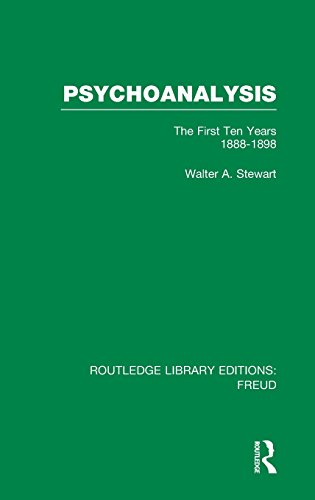

Most ebook files are in PDF format, so you can easily read them using various software such as Foxit Reader or directly on the Google Chrome browser.
Some ebook files are released by publishers in other formats such as .awz, .mobi, .epub, .fb2, etc. You may need to install specific software to read these formats on mobile/PC, such as Calibre.
Please read the tutorial at this link: https://ebookbell.com/faq
We offer FREE conversion to the popular formats you request; however, this may take some time. Therefore, right after payment, please email us, and we will try to provide the service as quickly as possible.
For some exceptional file formats or broken links (if any), please refrain from opening any disputes. Instead, email us first, and we will try to assist within a maximum of 6 hours.
EbookBell Team

4.3
28 reviewsFirst published in 1969, this was a new assessment of Freud’s most creative years and the formative period in psychoanalysis and was the first book to attempt a systematic presentation of Freud’s early ideas, relating them to his later work and to contemporary psychoanalysis. During the years 1888-1898 Freud published 15 papers and one book. In addition many of his ideas were formulated in a series of letters and drafts that he wrote to Dr Wilhelm Fliess. This material provided new insights into the nature of Freud’s creative genius and gave new meaning to his published works.
Psychoanalysis: The First Ten Years reviews these early papers, drafts and letters, and describes tentative formulations that, in spite of their value, were not developed further because of lack of time or a shift in interest. As Dr Stewart observes, ‘the study of this aspect of Freud’s work is perhaps the most exciting. Freud’s creativity in these years was remarkable. The ideas he discarded in this short period of time would, for a less gifted person, have been a full life’s work of which he could have been proud.’
There is a good deal of historical and literary interest in his account of Freud’s relationships with Fliess, Breuer and others, but the core of the book is the critical assessment and systematic presentation of Freud’s early major insights, which dramatically reveal a creative genius in the process of discovery.